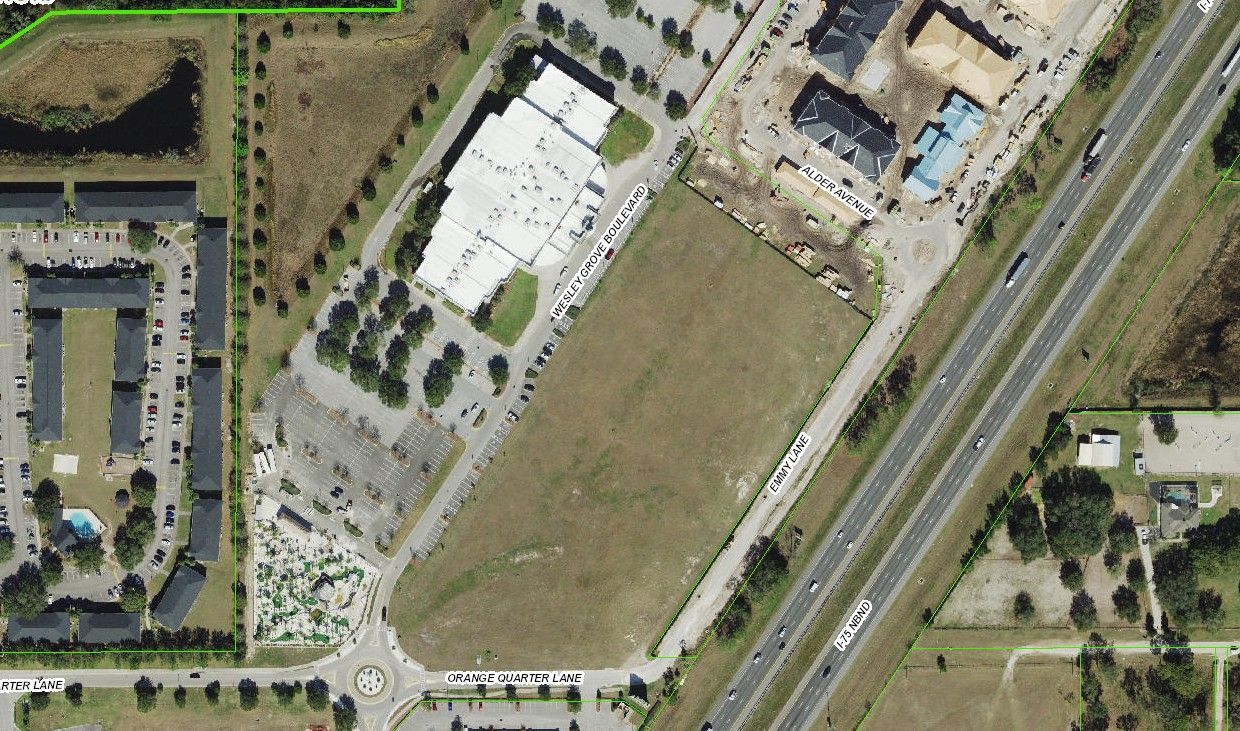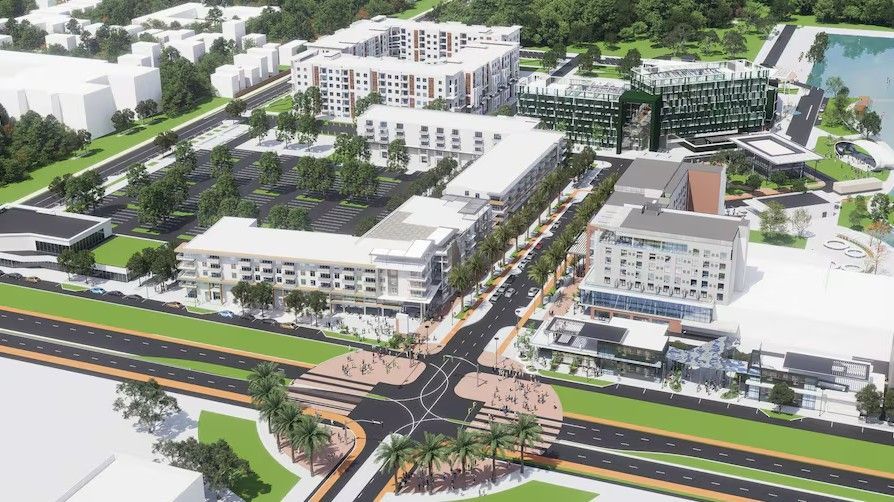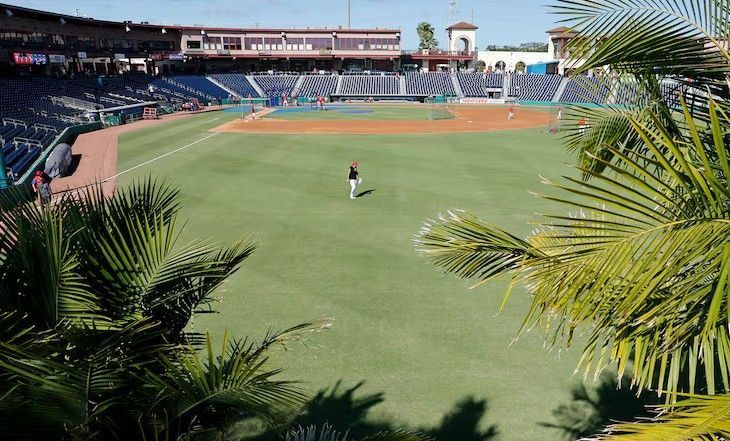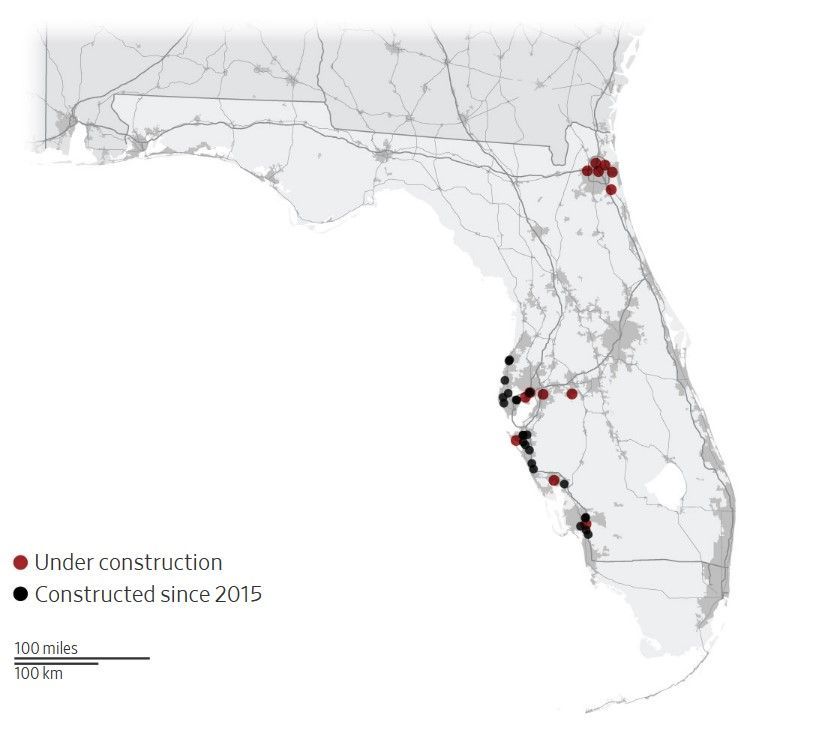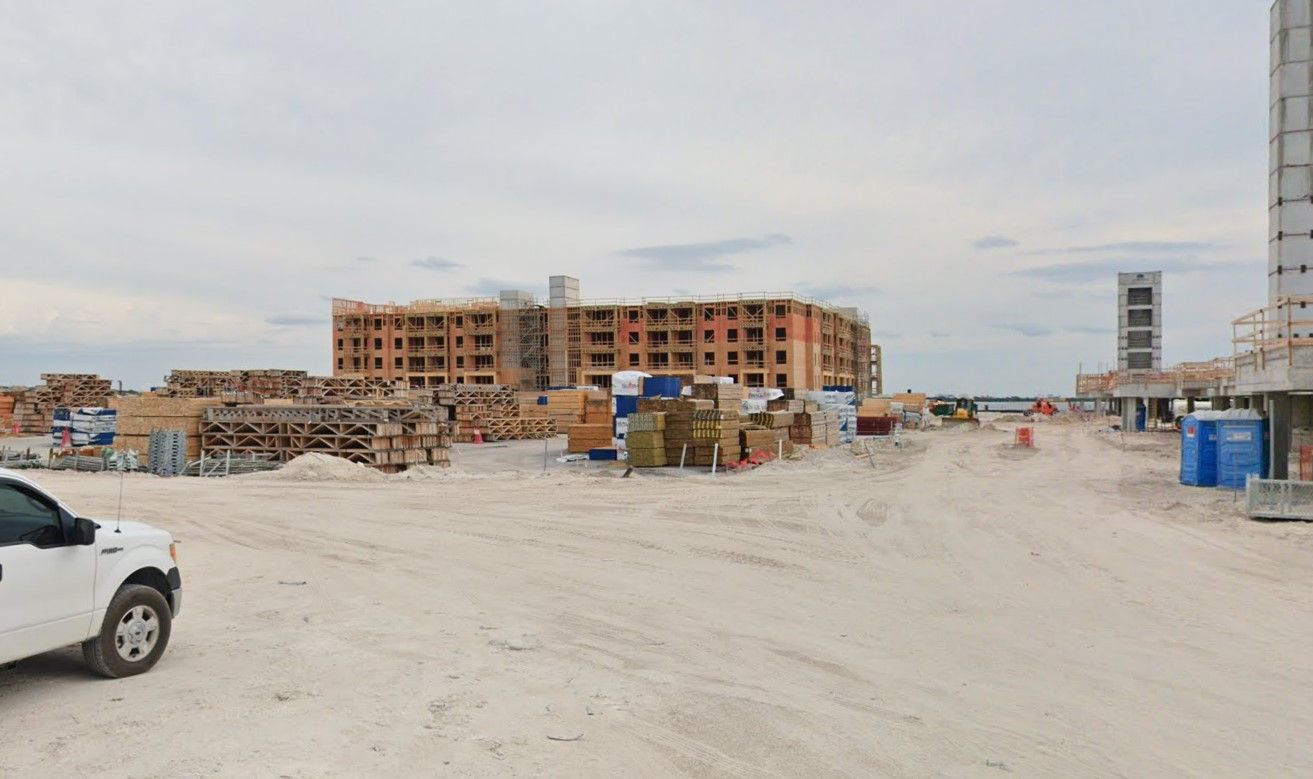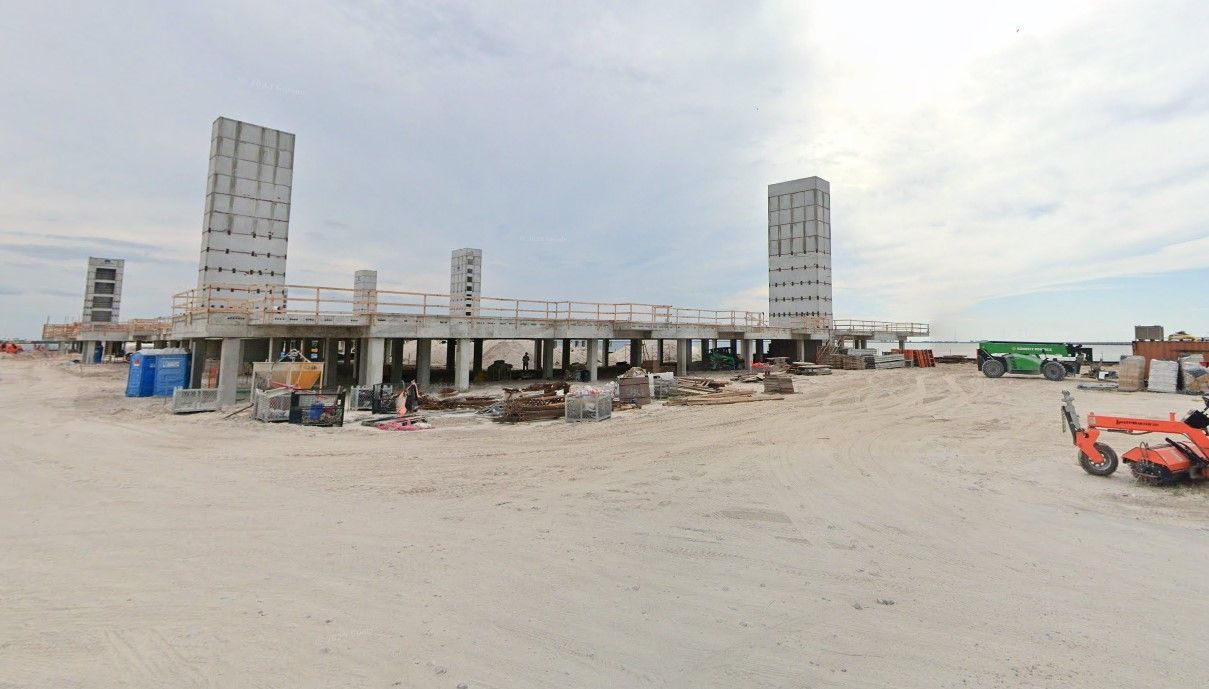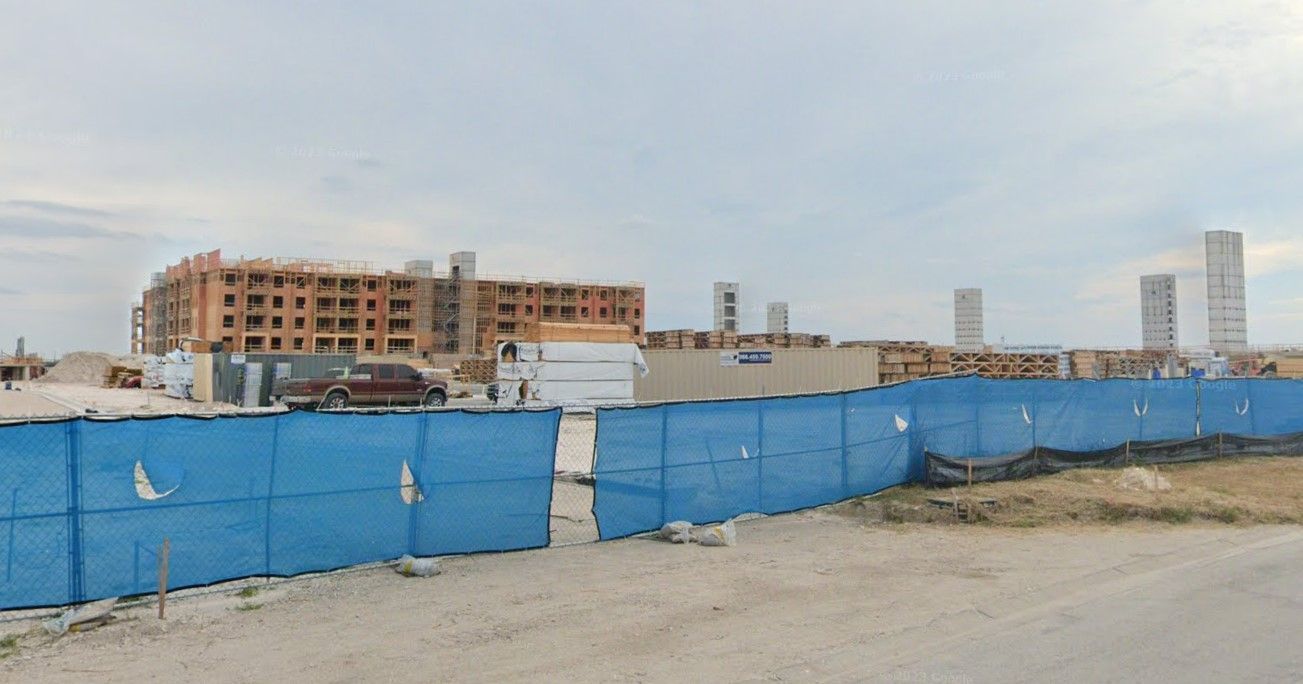Wood-frame construction is still popular among new builds in Florida
Despite Florida’s high risk, hurricane prone environment developers continue to roll out new homes with wooden frames, even though wood is less reliable than other materials that have more ability to withstand hurricane-force winds. Wooden frame homes are cheaper and faster to build than concrete frame homes, making it a norm for much of the United States.
The national Oceanic and Atmospheric Administration states that Florida gets 40% of direct hits from hurricanes, which is significantly more than any other state. The climate continues to warm, and Atlantic hurricanes are expected to bring more rainfall rates than present-day hurricanes with more intense higher peak winds, and lower central pressures on average.
In South Florida, contractors have phased out wood-frame construction after Hurricane Andrew flattened communities constructed from the material in 1992. Florida changed building codes shortly after, and wood-frame construction has declined dramatically since. Despite this, wood-frame construction is still permitted state-wide. Waterfront communities such as Tampa have seen a revival of wood-frame constriction.
CoStar data shows that 1,700 apartment buildings are of wood-frame construction, about 8% of the state's inventory. 13 buildings and over 3,700 units are under construction with wood frame construction in the state. 2 dozen such buildings have been built on or near the coast since 2015 according to the data. Labor and material costs associated with home building have been rising at steady paces, so savings offered by wood frame construction have been attractive in the current market. Lumber prices saw sharp decreases after reaching record highs in 2021, and with a shorter build time wood is an appealing option for waterfront communities to quickly rebuild after suffering effects of storms.
Developers who utilize wood-frame construction for homes say the process has gotten considerably sturdier. Building codes have added provisions requiring stronger connections between wood planks, and homes must have hurricane-proof windows. Architects and structural engineers also say wood-frames can be built to withstand hurricane-force winds. However, there is little room for error. Most engineers agree that concrete construction with offer the strongest protection against powerful winds, and the slightest flaw of design or construction with a wood-frame home/building could cause it to collapse in a disaster such as a fire or hurricane. Wood frame homes are also susceptible to water intrusion and termites, which can weaken the structure.
Insurance costs have also skyrocketed across the state, boosting the price of buildings with wood. Premiums have typically increased for nearly everyone, but especially wood-frame structures. Among the largest wood-framed projects currently under construction is a 495-unit wood-frame apartment complex with a wood frame on top of a concrete parking podium on the water. Mid-America Apartment Communities is behind the project, and they are self-funding the project and forgoing hurricane insurance to make it happen – signaling the struggle to finance wood-framed developments. Mid-America did not respond to a request for comment from The Wall Street Journal, but a project engineer for the apartments stated the complex “is as extreme as you can find in wood construction. It’s like six stories and right on the water. Wind speed is going to be very, very high up there.” It is up to code, however. Additionally, a similar project across the street is unable to get funding to move forward as no one will insure it. Developer Dan Kodsi, who builds wood-frame apartment complexes in Orlando says he thinks it is a mistake to build stick on the coast.
Shown above is the project under construction by Mid-America Apartment Communities at 5440 W. Tyson Blvd. The property previously belonged to Orion Marine Construction and was sold in June 2021 for $23.5 million according to property records. The site is nearly 18.5+ acres breaking the sale price down to around $1.27 million/acre. The pictures above are from a Google Street View in September 2023 and the most recent aerial image from the Hillsborough County Property Appraiser.
Source: The Wall Street Journal
Thank you for your interest. For more information or to get help in determining the value of your property please call or email Mike Cliggitt, MAI, MRICS, CCIM!
Mike Cliggitt, MAI, MRICS, CCIM
813-405-1705 Direct Line
SHARE CONTENT
